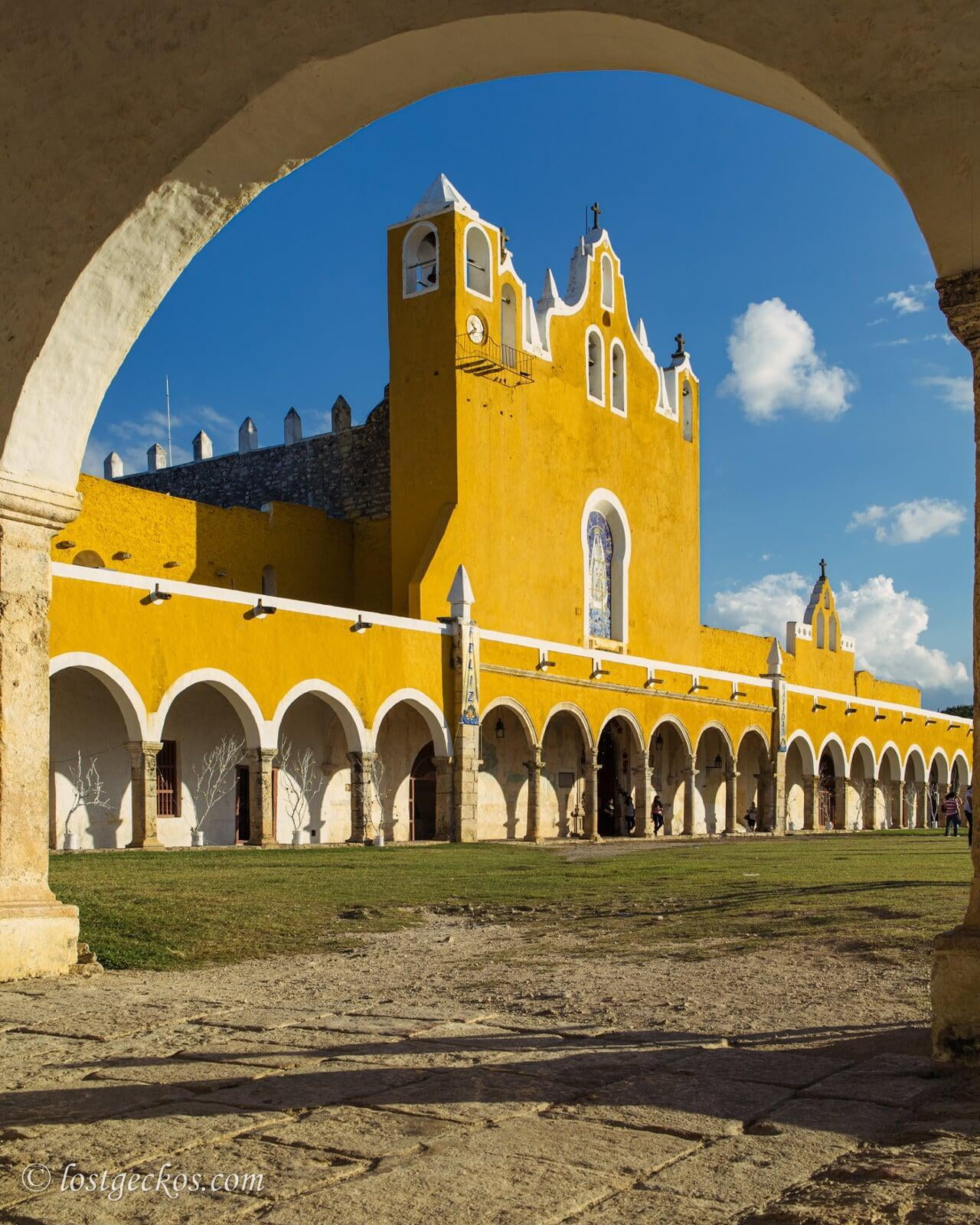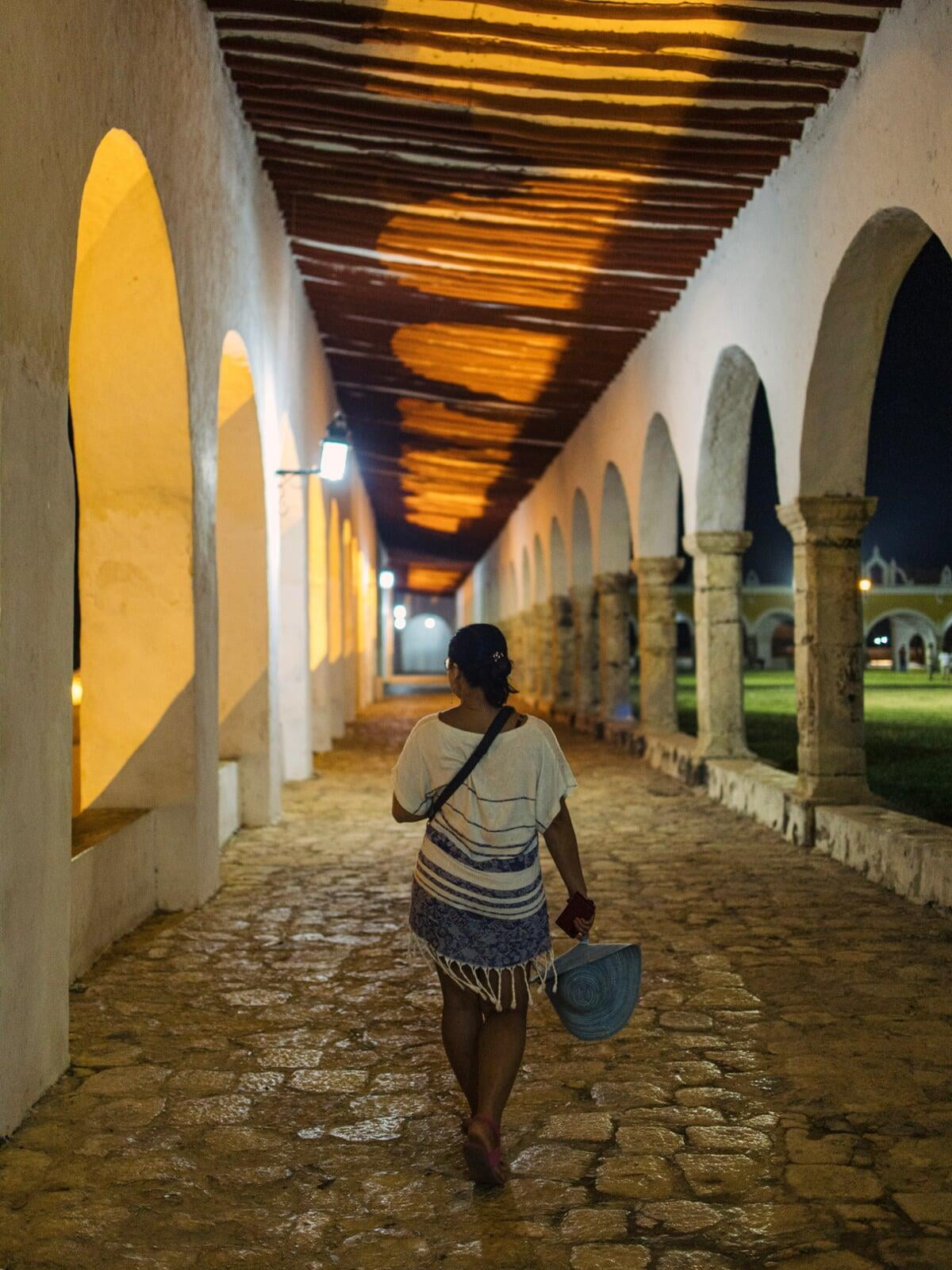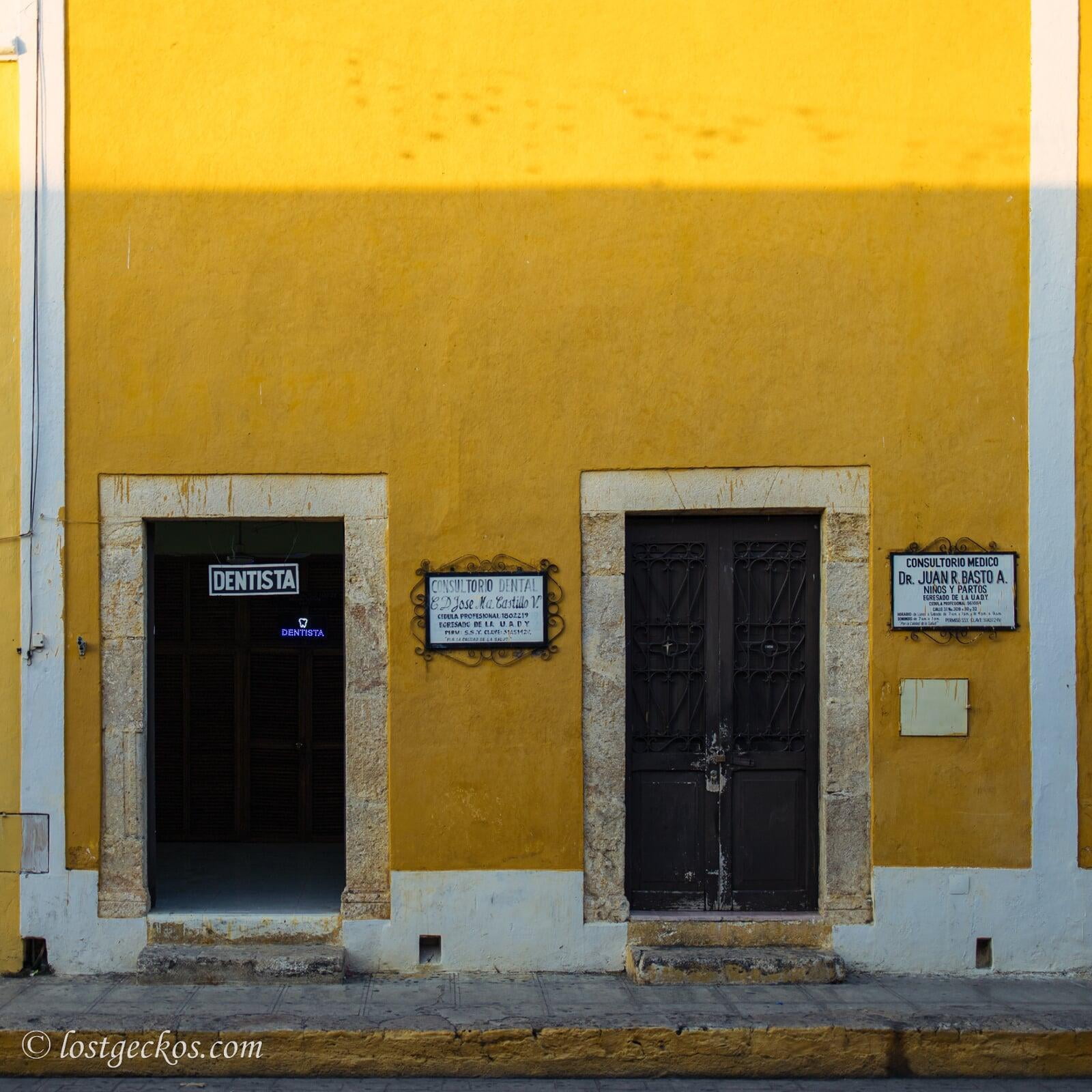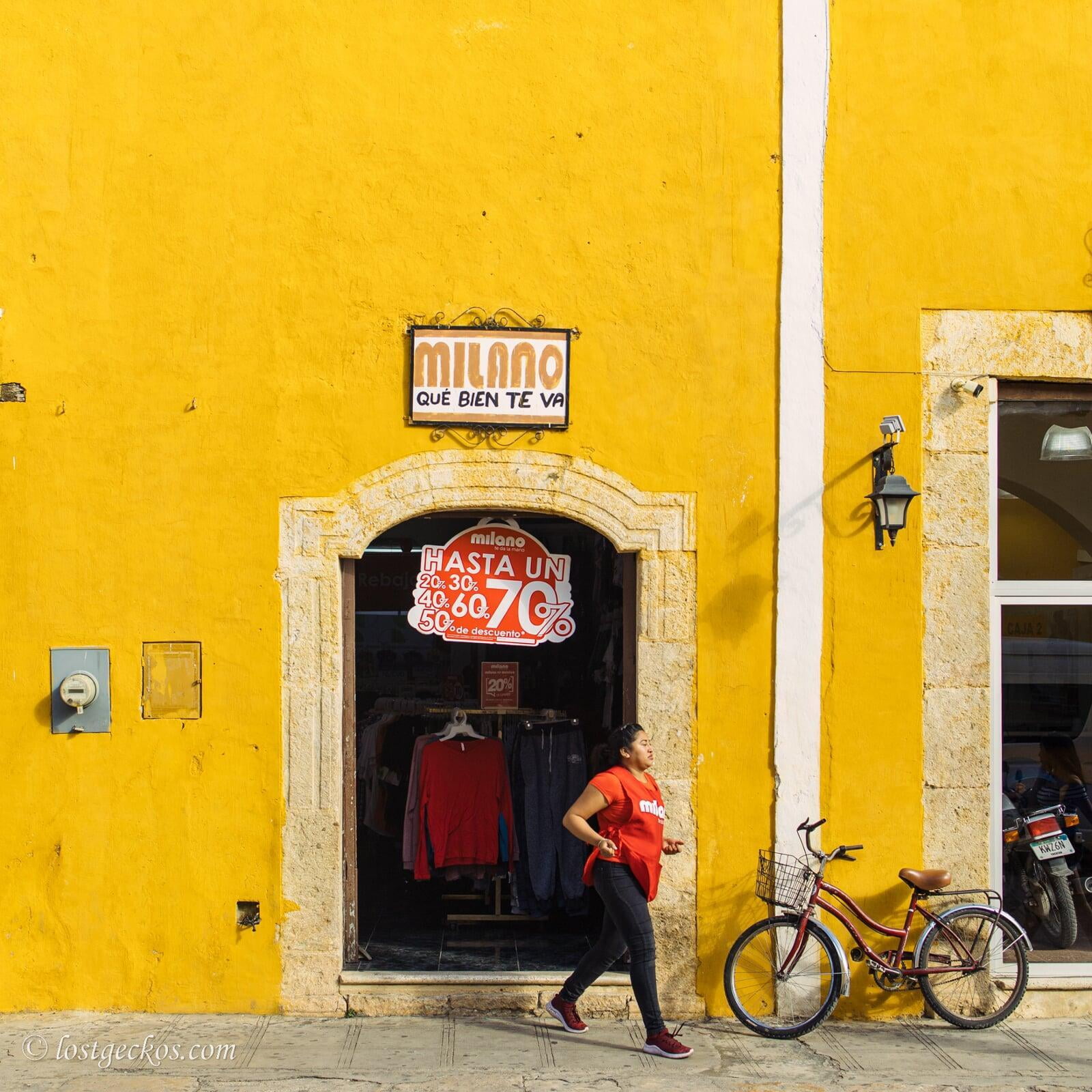Okay guys and girls, hear this: I am not the only one who is crazy with color themes. If you happen to know me IRL, which I hope you don’t because this will be awkward, you’d know what color I like without even asking me because the color will be effortlessly shown on almost all of the stuff I own. I once surprised myself realizing that I dressed myself in a color theme inside out unintentionally, even my underwear matched with my bracelet! It felt like magic when everything just accidentally matched. But according to Nico, the cucumber cool mood buster, everything I own is in ONE COLOR THEME, everything matches color-wise. There’s no magic involved, just my crazies
Izamal is a tiny colonial town, about 70 Km from Merida, the center of Yucatan Peninsula. The city is painted yellow with white trim, the kind of color coordination you find in a boiled egg cut in half. Almost, if not all, the buildings are painted yellow, and it’s not just any yellow. Some people call it mustard yellow, egg-yolk yellow, but it’s actually a different kind of yellow, it’s Izamal yellow.
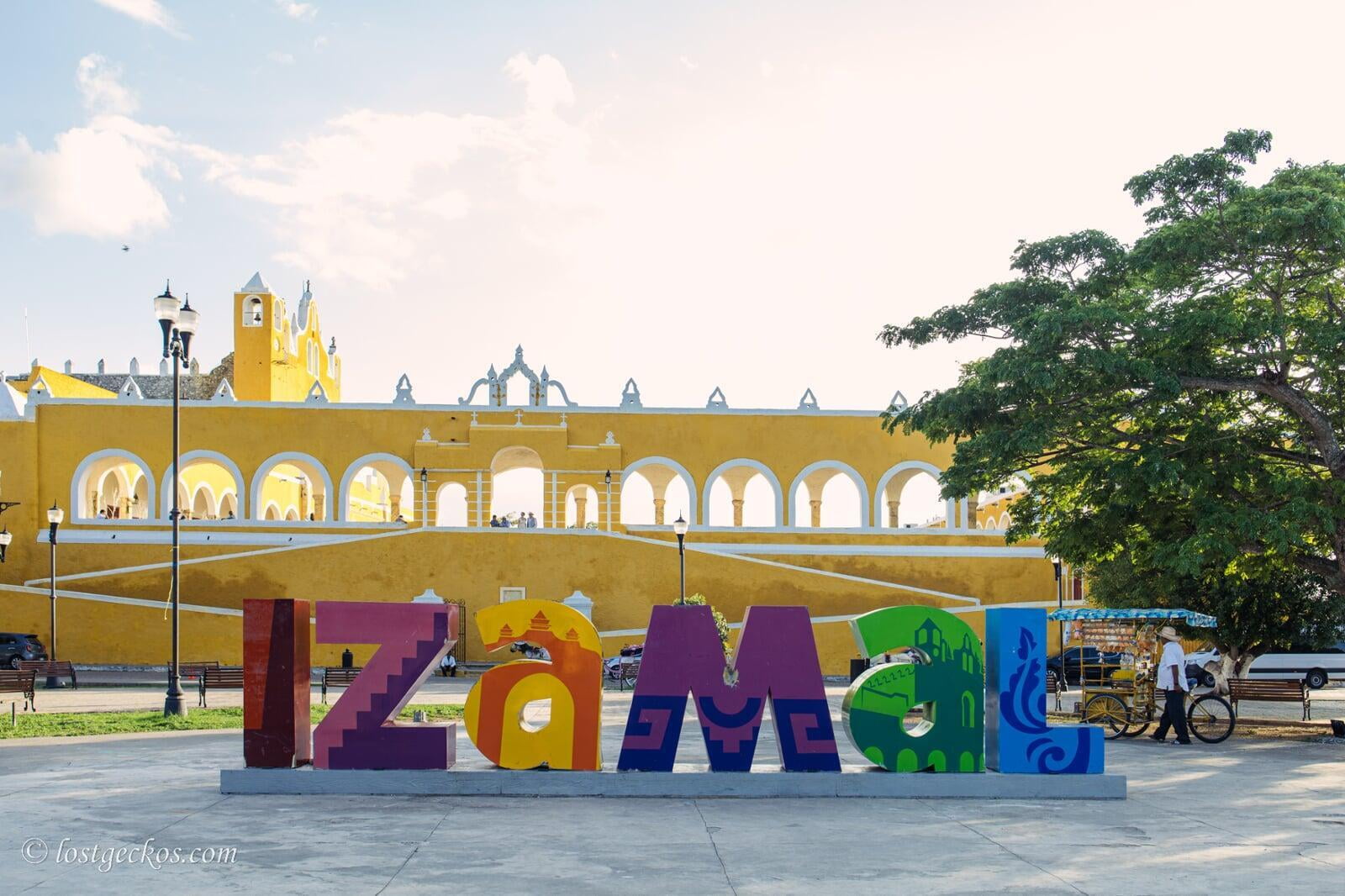
Later in 2002, the city was given the title Pueblo Magico by the Mexican tourism board. Pueblo Magico is a prestigious title for non-bustling Mexican cities to have, it signifies that the city is legitly charming and offers a magical experience to those who visit. We could totally see why Izamal earned this title, although it seems like it has seen better days since.
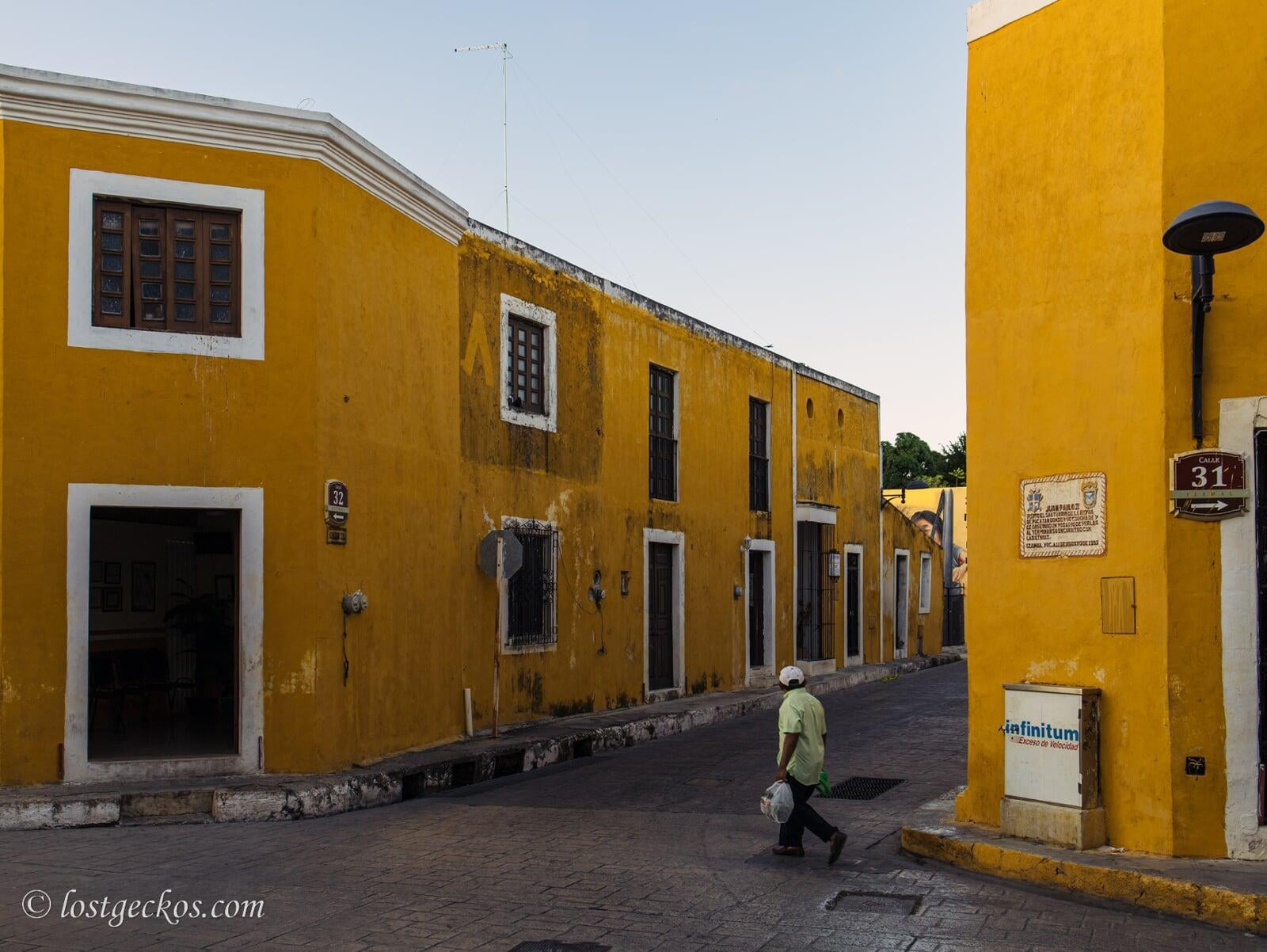
Izamal is the oldest city in the peninsula and it shows. The cobblestones paths and the buildings are old but well kept. Unlike other towns we visited in Mexico, Izamal has two parks adjacent to each other in the center of the town; the Cinco de Mayo park where the gate to the convent is at, and park Itzamna. Both parks are always busy with street vendors and the locals. Although the entire city is bright yellow, you can’t help noticing that the city is semi-sleepy. It's not as advanced as Merida, and I honestly think it adds the charm to the city.
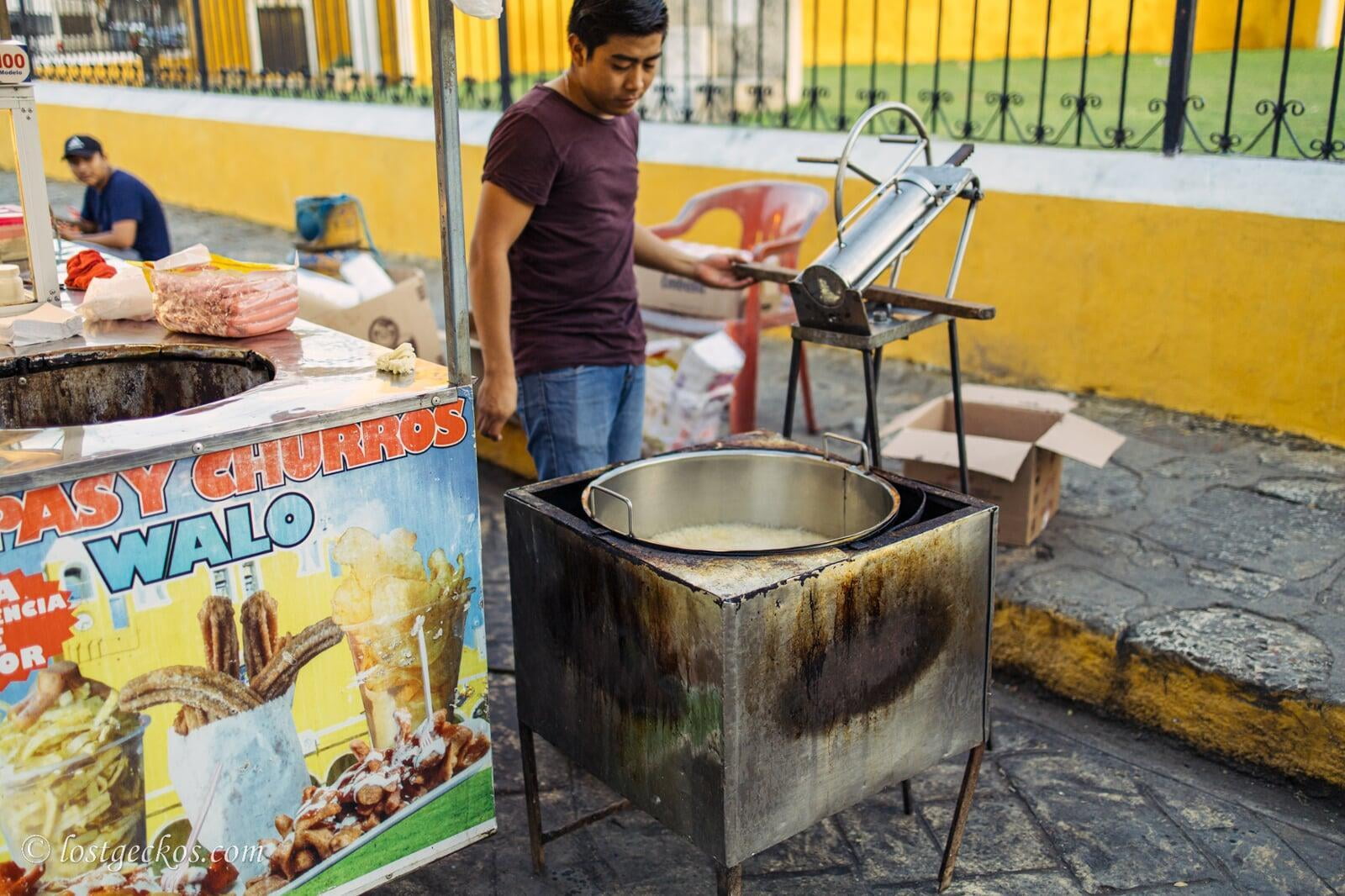
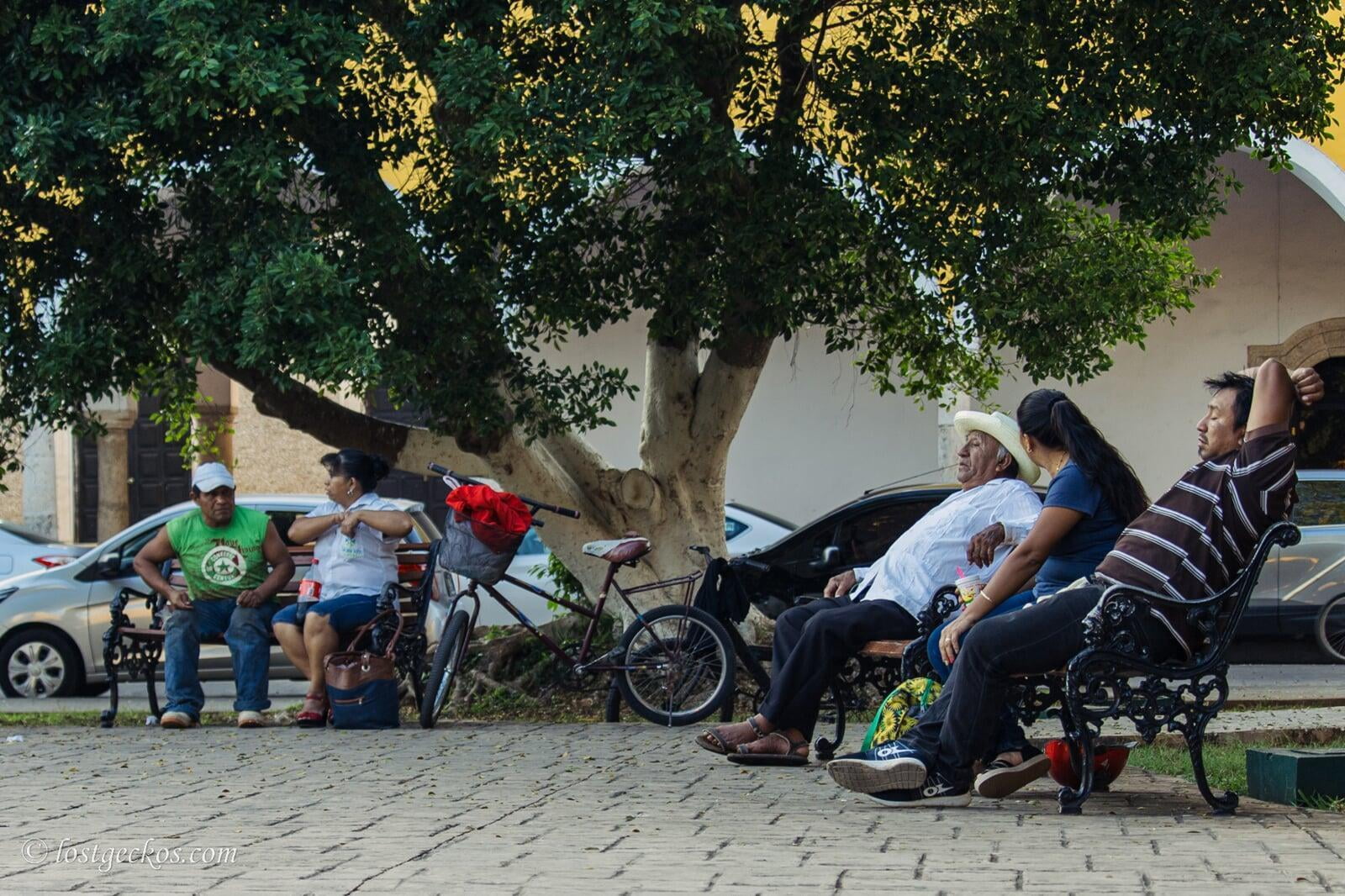
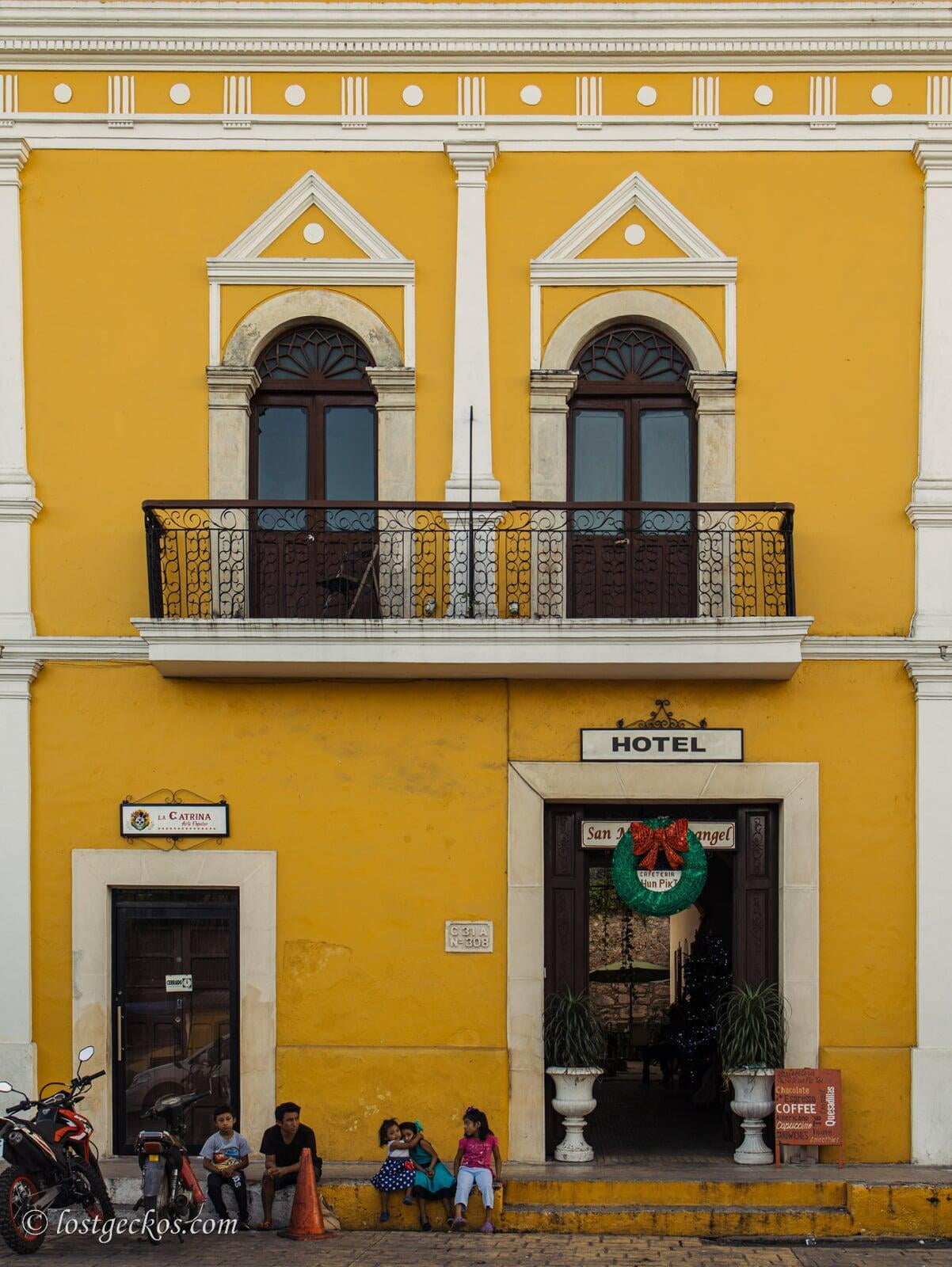
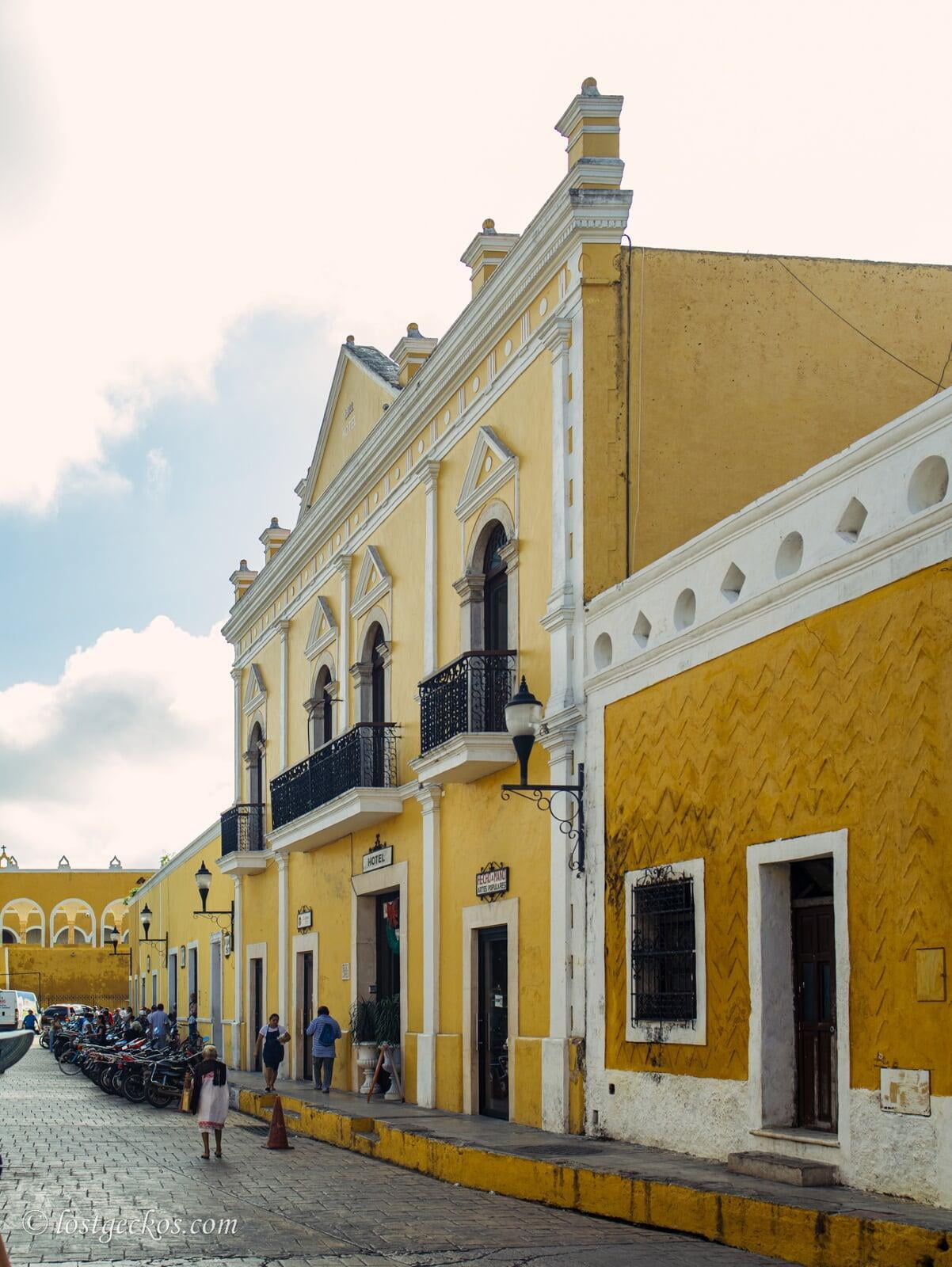

Izamal, although small, has a diverse range of restaurants and busy street food vendors. After two weeks of eating Mexican food, I had enough of guacamole and tortilla this, tortilla that; I needed a break. We were just walking around at the centro when we stumbled upon a humble chinese restaurant. The first comida China we found during our trip (and we didn't even look for it). It almost felt like suddenly my prayers were heard and the gate of heaven just opened.
The restaurant is called Fusion China Thai. There’s nothing fancy about this restaurant, look-wise nor menu-wise, but it’s was enough to satisfy my cravings for rice and noodles. Like any other chinese restaurant, it offers a giant portion of food for a fraction of your money. Hallelujah!

